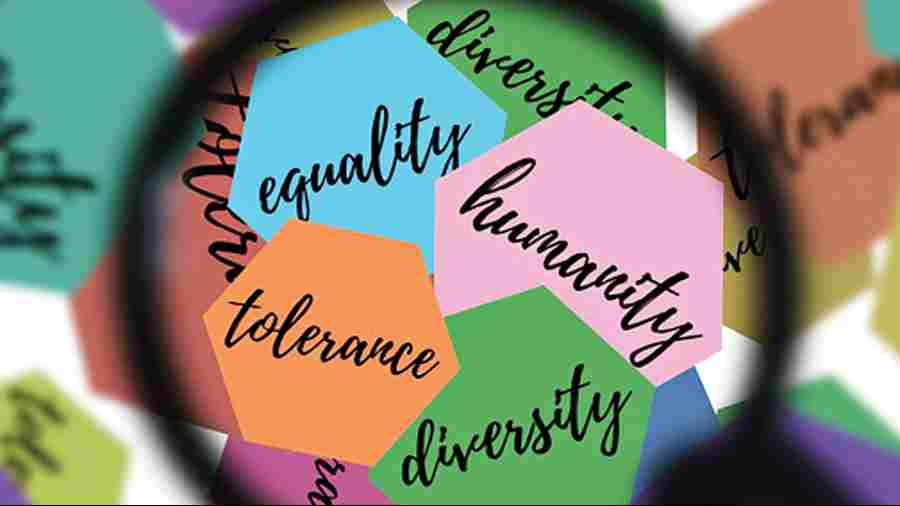Indians today thrive on a paradox. They are painfully sensitive and frankly ruthless at one and the same time. This paradox springs from the rigidly narrowed lens of religion. It is no wonder, therefore, that statues of E.V. Ramasamy or Thanthai Periyar, the originator of the Dravidian movement, with inscriptions suggesting that he was an atheist, should result in outrage that has driven a petitioner to one court after another. The resolution will take its course according to the wisdom of the courts, but the incident touches upon issues of wide relevance to the notion of a secular democracy.
Freedom of expression and the freedom to practise and propagate a person’s own religion are constitutionally endowed rights in this multi-religious country. Not believing in the deity’s existence is as much an opinion as is believing in it; the latter is religion while the former is, perhaps, philosophy. It can also be an expression of the rejection of injustices such as the caste system and the oppression of women that are perpetuated in the name of religion. In an ideal arrangement,neither side should threaten the other, and neither side should feel insulted by the other’s presence. But society is seldom ideal. Any hostility between the two sides can lay bare the inclinations of society at that point of time. The impulse to dominate by wiping out contrary belief — in this situation, the lack of it — or the inability to bear even its representation, indicates the desire to institute religious belief as compulsory. The danger in this lies in the fact that India is a country of many religions. The next step would be the primacy of one religion only. Do cases in other courts at present validate this possibility?
There is also the issue of public statuary. Can a secular State permit public representations of religious leaders and their sayings? In India, secularism functions more as tolerance and peaceful coexistence than as a strict separation of the State from religion, while the State’s role is to treat all faiths equally. Even taking into account that certain religions do not allow representations or images, there is no dearth of statues accessible to the public of religious leaders and their sayings, at par with national and regional leaders of the freedom struggle as well as politicians, even living ones. It has to be asked whether a secular State should permit the public display of sayings or chants from any religion, together with statements expressing a lack of belief in the deity. Does maintaining such statues make the State a participant in the opinion being expressed and, to take this a step further,do the publicly exhibited visits of elected leaders to holy spots indicate the State’s inclination? Without clarifying these issues, the characteristics of the Indian secular State will remain ill-defined, hence subject to changes not always consonant with the vision of the Constitution.











